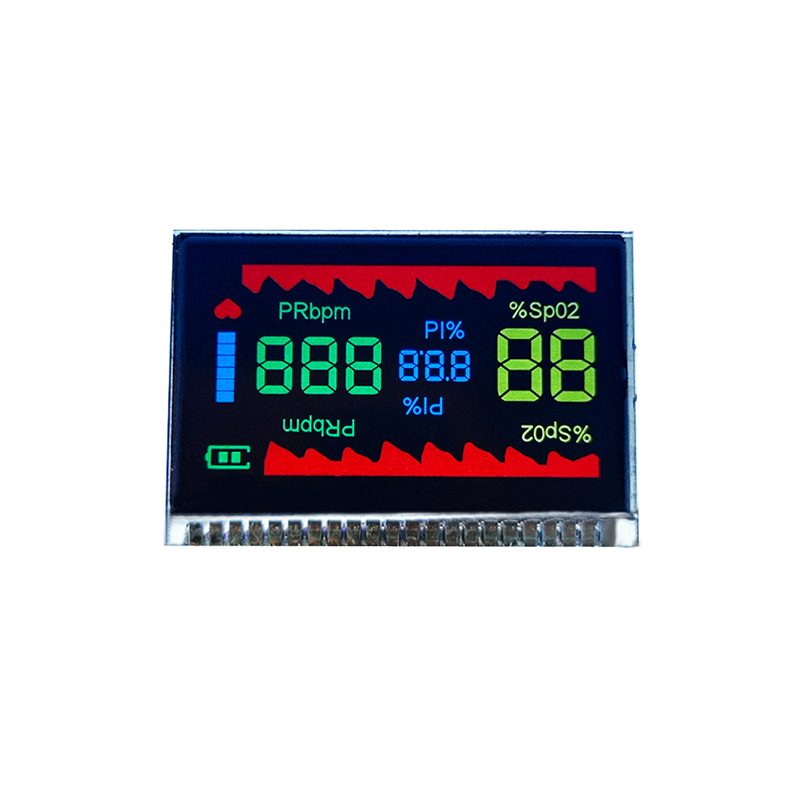
Finding the perfect RPi TFT display can be challenging. This guide helps you navigate the market, comparing key features, and ultimately selecting the ideal supplier for your Raspberry Pi project. We'll explore various display types, resolutions, interfaces, and crucial considerations to ensure a smooth integration process. Learn how to choose the best RPi TFT display supplier for your specific needs and budget.
The first step in selecting a RPi TFT display is understanding the different types available. Common options include resistive touchscreens (less responsive), capacitive touchscreens (more responsive and accurate), and displays without touch functionality. Resolution significantly impacts image quality; higher resolutions provide sharper images but often come at a higher price. Consider the size of your project and its intended use to determine the optimal resolution.
RPi TFT displays utilize different communication interfaces. SPI (Serial Peripheral Interface) is a popular choice due to its simplicity and speed, particularly well-suited for lower-resolution displays. I2C (Inter-Integrated Circuit) is often used for smaller, simpler displays requiring fewer pins. Parallel interfaces, while offering high bandwidth, tend to be more complex to implement and require more GPIO pins on the Raspberry Pi.
If touchscreen functionality is desired, you'll need to choose between resistive and capacitive touchscreens. Resistive touchscreens detect pressure, while capacitive touchscreens detect changes in capacitance. Capacitive touchscreens offer better accuracy, responsiveness, and durability, but they tend to be more expensive. Consider the level of interaction required by your project.
The quality of the RPi TFT display directly impacts the success of your project. Look for suppliers offering displays with high color accuracy, good contrast ratios, and consistent brightness. Reliable suppliers provide detailed specifications and ensure displays meet their advertised performance.
Before making a purchase, research the supplier's reputation. Read reviews and check online forums for feedback from other users. Reliable suppliers offer excellent customer support, providing assistance with technical issues, returns, and warranty claims. A responsive and helpful support team can make a significant difference during your project.
Compare prices from different suppliers, bearing in mind that the lowest price doesn't always equate to the best value. Factor in shipping costs and delivery times. Some suppliers offer bulk discounts, which can be beneficial for larger projects.
Check the supplier's lead times and inventory levels. Long lead times can delay your project. Choosing a supplier with readily available stock minimizes potential delays.
| Supplier | Display Options | Pricing | Shipping | Customer Support |
|---|---|---|---|---|
| Adafruit (Example) | Wide range of sizes and resolutions | Mid-range | Fast shipping | Excellent |
| Waveshare (Example) | Various sizes and interfaces | Competitive | Varies | Good |
| Dalian Eastern Display Co., Ltd. (Example) | Customizable options available | Competitive, potentially bulk discounts | Contact for details | Contact for details |
Note: This table provides examples and pricing can vary. Always check directly with the supplier for the most up-to-date information.
Selecting the best RPi TFT display supplier requires careful consideration of your project's specific needs. By understanding the different display types, interfaces, and supplier factors, you can make an informed decision and ensure a successful project. Remember to prioritize quality, reliability, and excellent customer support when choosing your RPi TFT display supplier.












